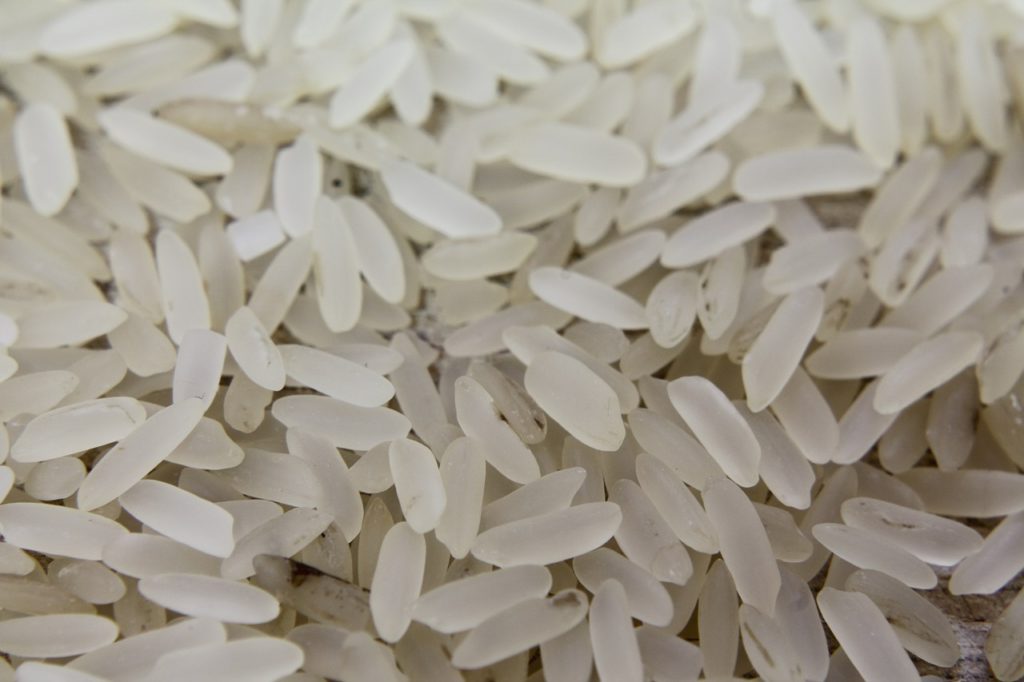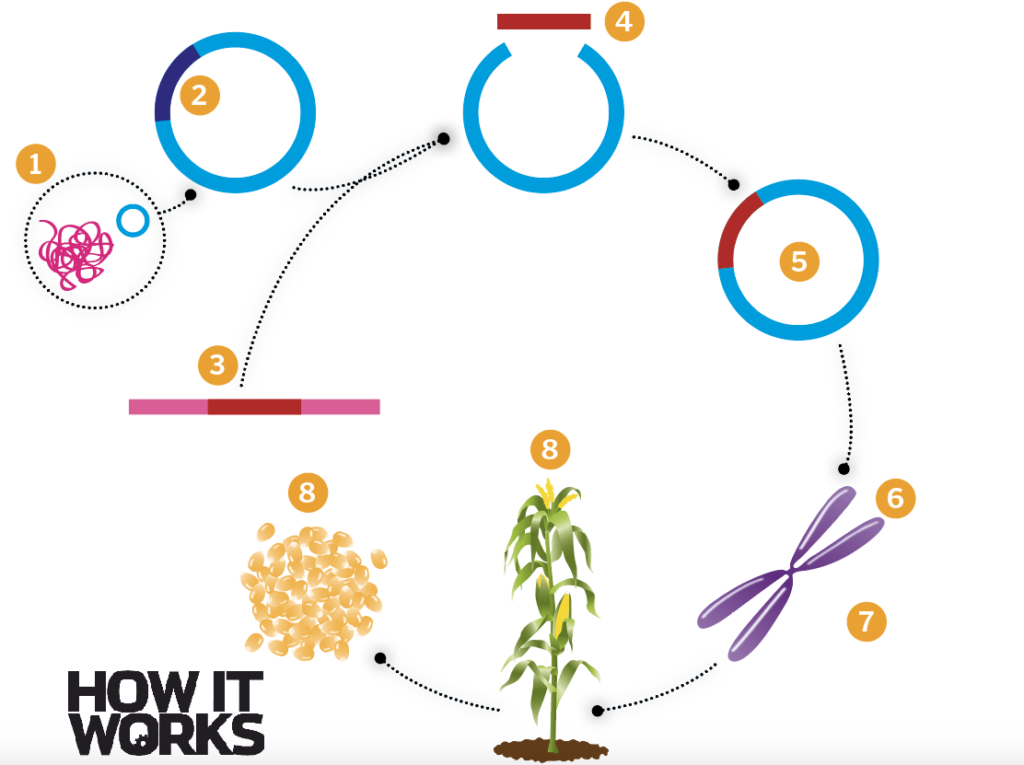What are genetically modified organisms (GMOs)?
by Scott Dutfield · 04/10/2019

How and why do scientists manipulate genetic information?
Organisms have tens of thousands of proteins, and genetic modification is the process of them being transferred from one organism to another. Nature has done this for millennia. For example, some types of sweet potato express a gene from bacteria that introduced itself into the potato genome. Scientists then developed a way to do this intentionally.
The first patent for a genetically engineered organism was a bacterium. Developed in 1971 by Ananda Chakrabarty, an Indian-American biologist, it was designed to have a taste for crude oil so that it could be used to help clear oil spills by either absorbing the oil or breaking it up.
Scientists decide what trait they would like to introduce into an organism, such as resistance to drought or the ability to produce a vitamin. By analysing the genetic code they can identify exactly which part of the DNA codes for the gene of interest and select enzymes that will cut out the part they need. Generally, they will then alter the genome of a plant by using a bacterium called Agrobacterium tumefaciens. This bacterium naturally enters plants’ cells in the wild.
A few specific genes are then removed from the bacterial plasmid, a circular genetic structure that can replicate independently and be transmitted across bacteria. This cutting leaves a linear piece of DNA that codes just for replication instructions and for basic cell functioning.
To create the new ‘recombinant plasmid’ the cut gene of interest, the linear receiving DNA and the enzyme DNA ligase are all mixed together, causing the integration of the new gene.
The cells are grown in culture and will produce seeds as adults, which will all inherit the transgene, though they may not express it.
GMOs have the potential to reduce world hunger and malnourishment, particularly for those living in low-income countries. Examples of such innovations include ‘golden rice’, which is being modified to have an enhanced level of the much-needed vitamin beta-carotene.
Other types of rice have been modified so that they can survive with very limited water after having a gene from a desert plant introduced into its genome. Tomatoes that are resistant to frost and freezing temperatures have also been made using an anti-freeze gene from a cold-water fish.
In the future, we could even see the introduction of vaccines and medicine in some food, like the potato that has been engineered to produce an edible vaccine against pathogenic E coli.
Making a GMO

First, the plasmid is removed by opening up the bacterial cell and purifying the contents inside.
T-DNA is cut from the plasmid using restriction enzymes, which slice the genome at specific points to remove some genes.
The foreign DNA that needs to be transferred into the T-DNA is also cut using restriction enzymes to select the target gene.
The cutting process creates a linear molecule that is ready to accept new DNA.
The gene and opened vector are mixed together with DNA ligase, an enzyme that connects the ends of the gene and open vector.
Heating up the cells (heatshocking) is thought to create pores that allow the engineered plasmid to enter the plant cell.
The bacterium carries the gene of interest and the replication instructions into the chromosomes of a plant cell wall.
The plant cells grow in culture and eventually produce seeds that contain the naturally inherited transgene.
This article was originally published in How It Works issue 101, written by Charlie Evans
For more science and technology articles, pick up the latest copy of How It Works from all good retailers or from our website now. If you have a tablet or smartphone, you can also download the digital version onto your iOS or Android device. To make sure you never miss an issue of How It Works magazine, subscribe today!




